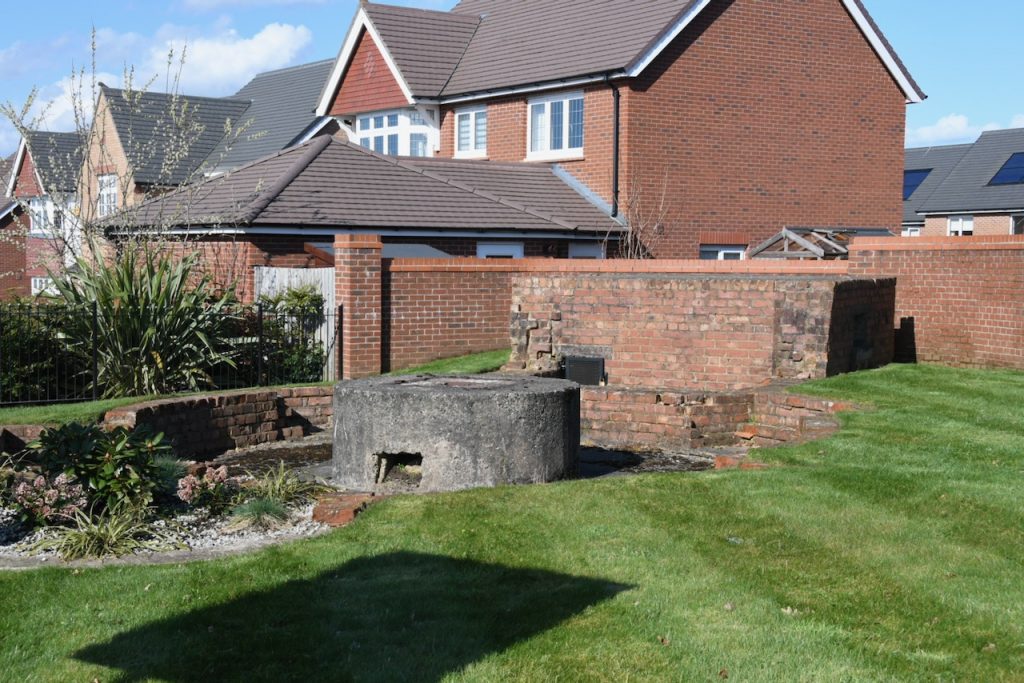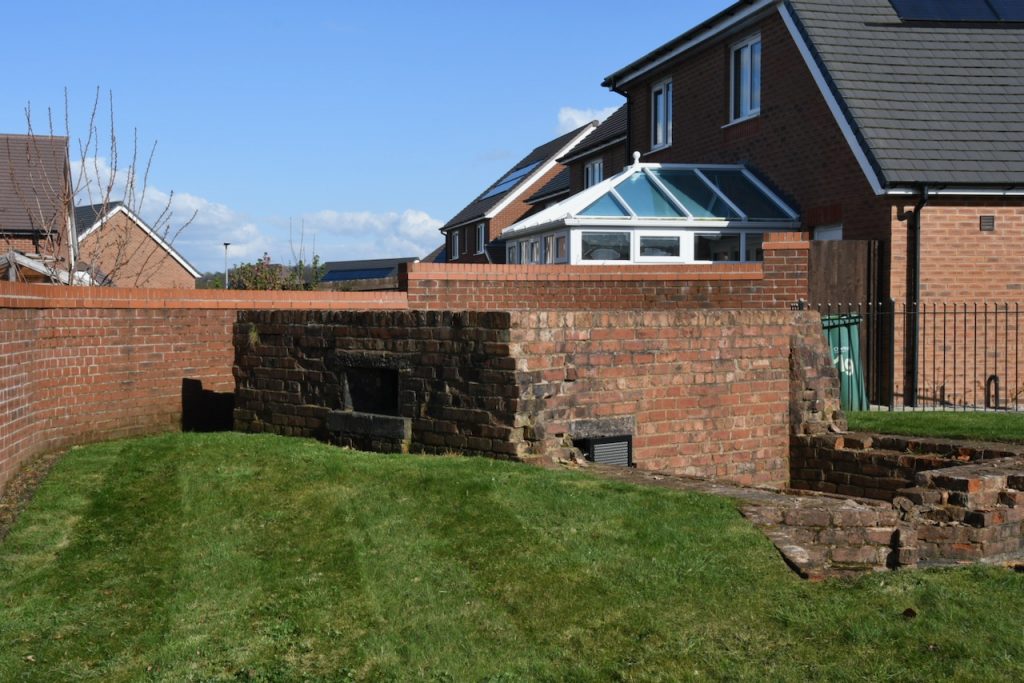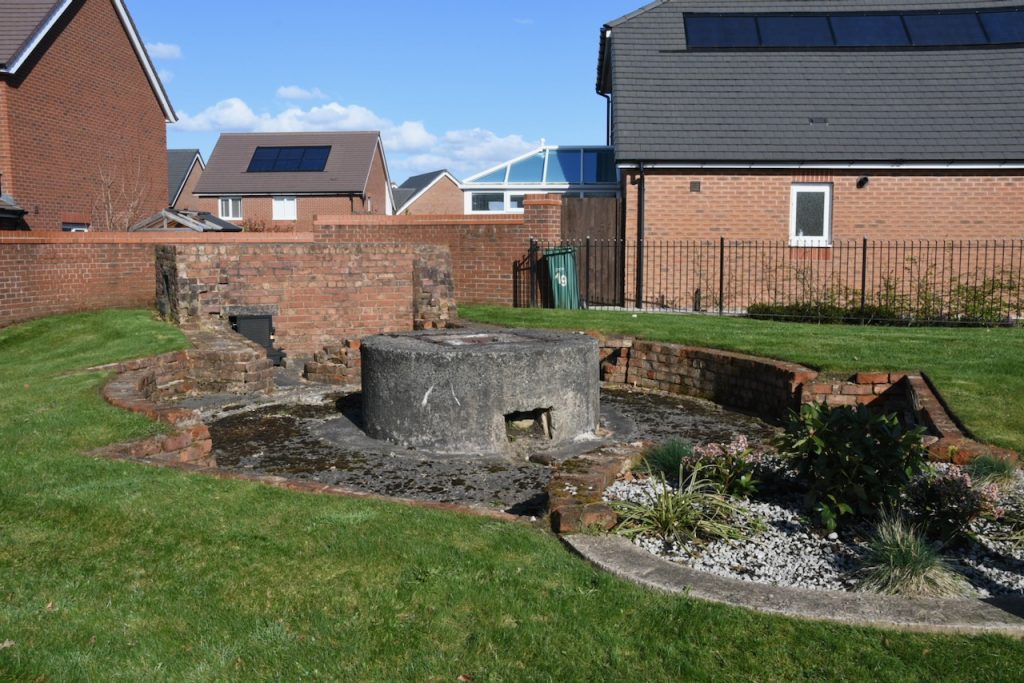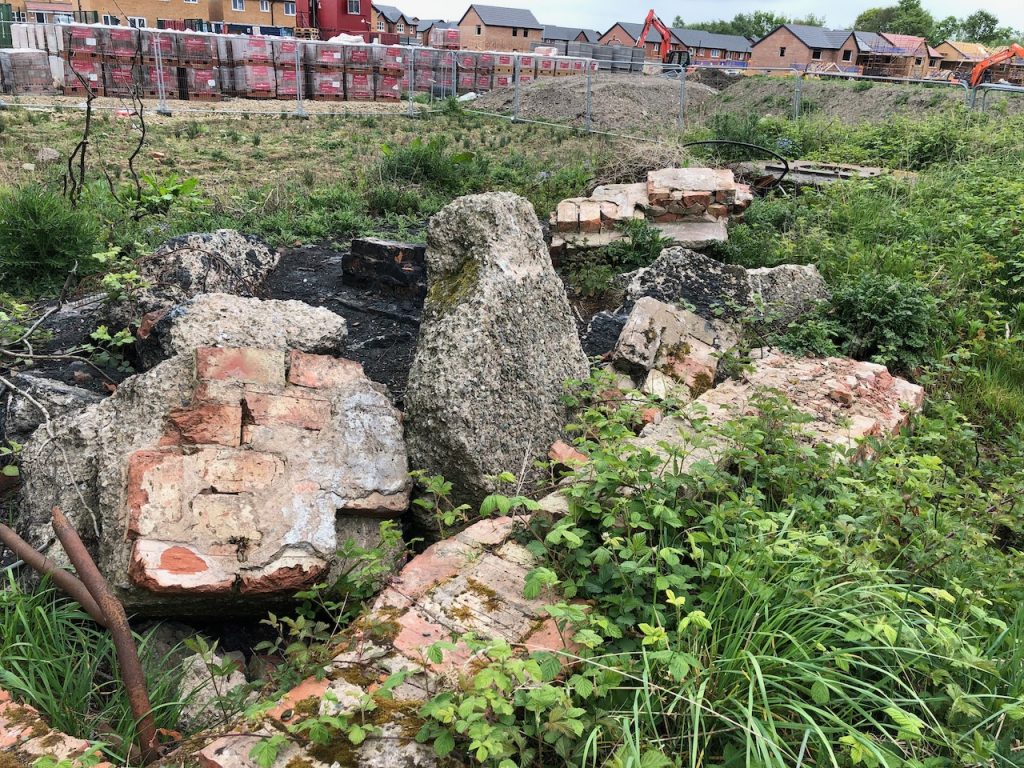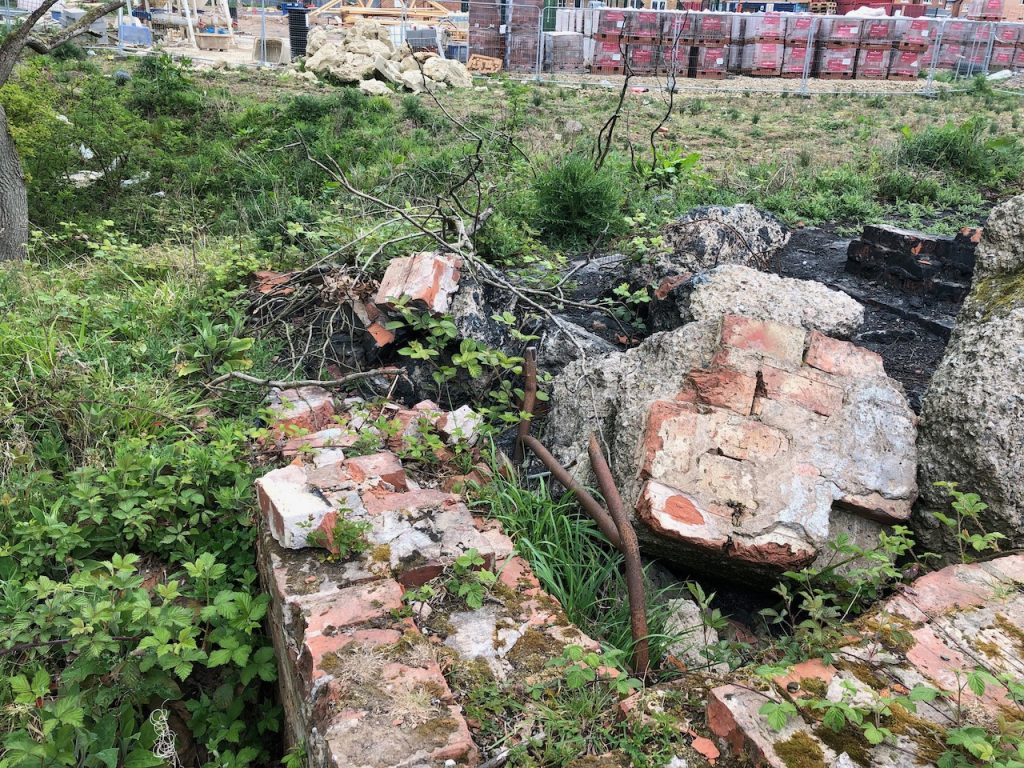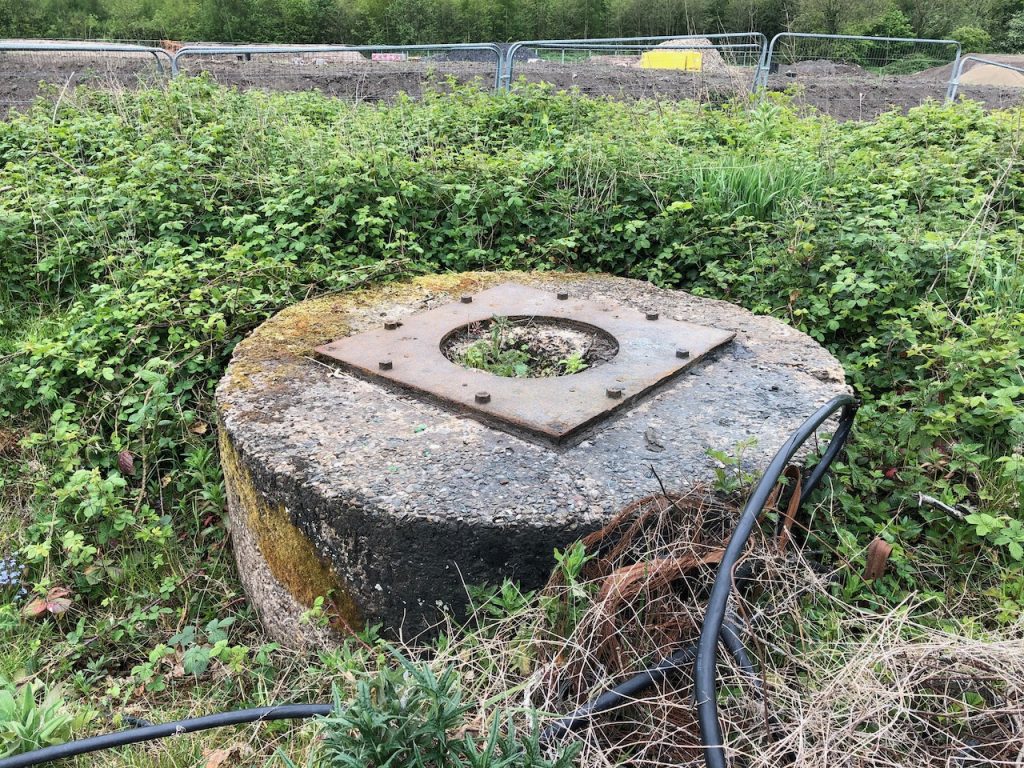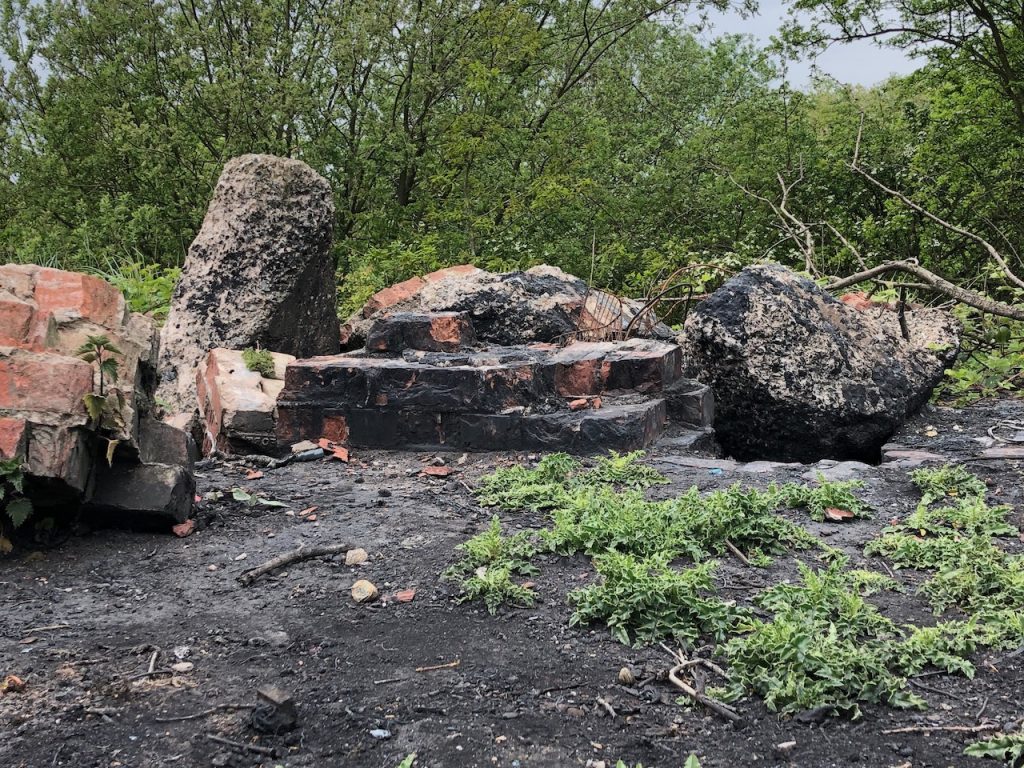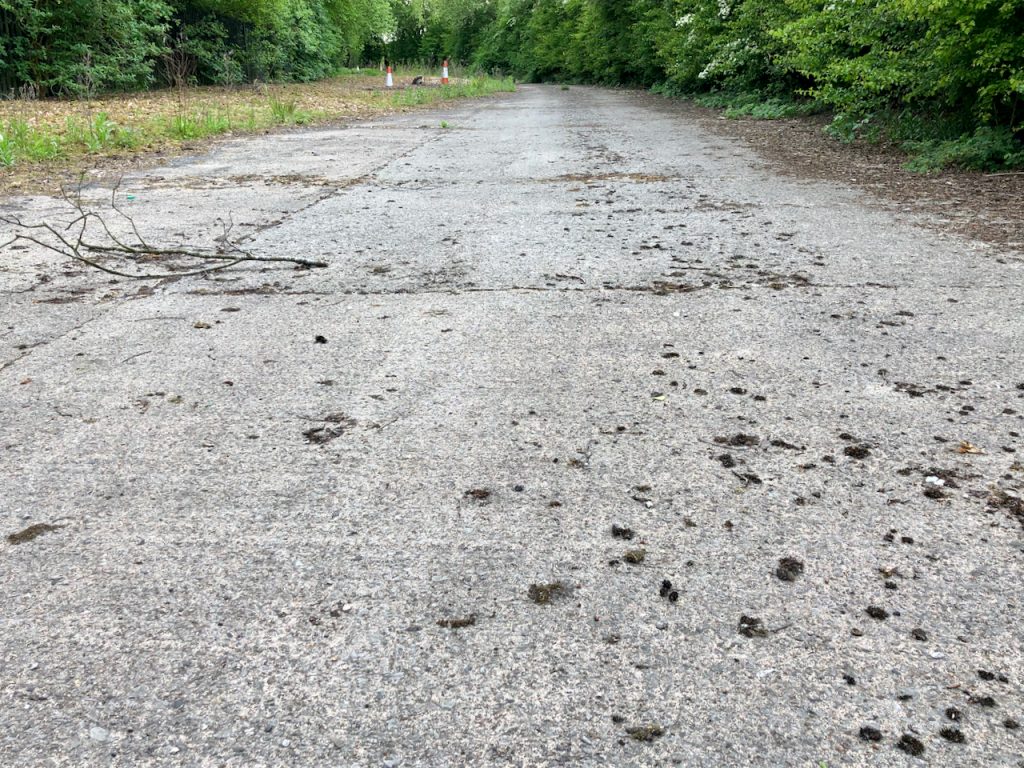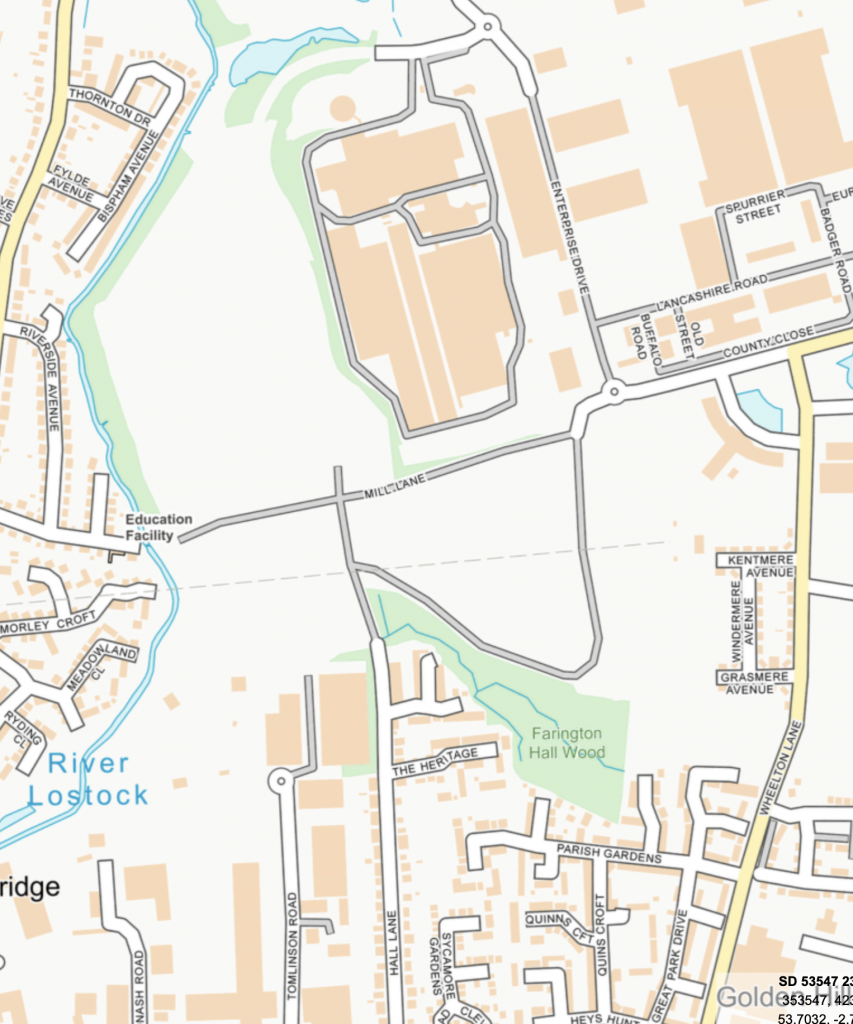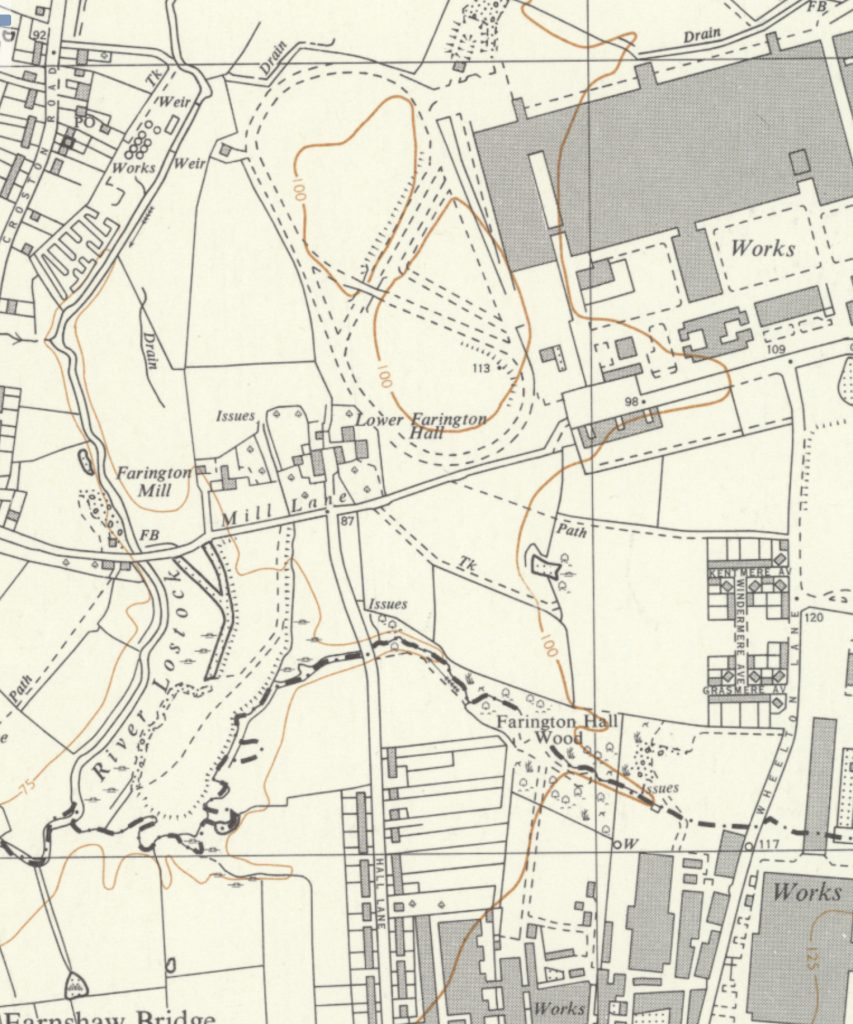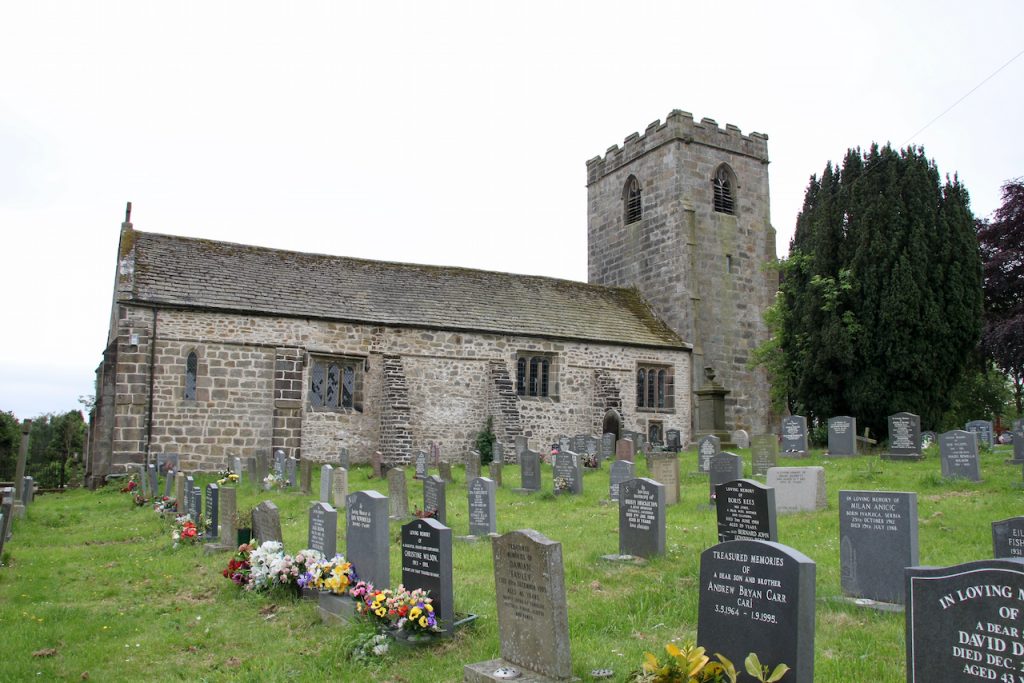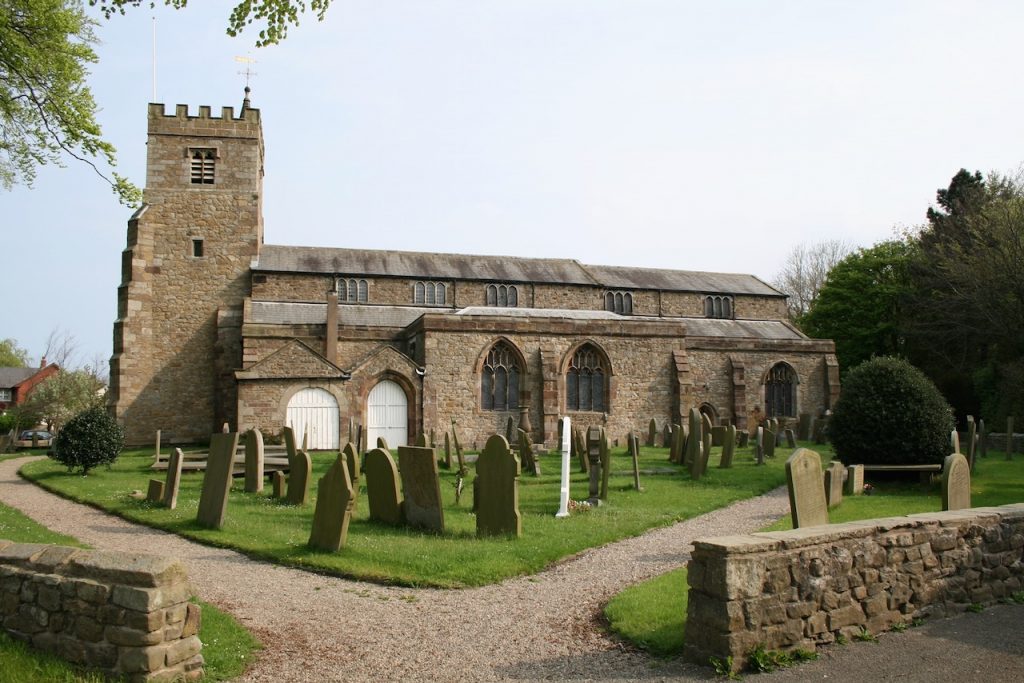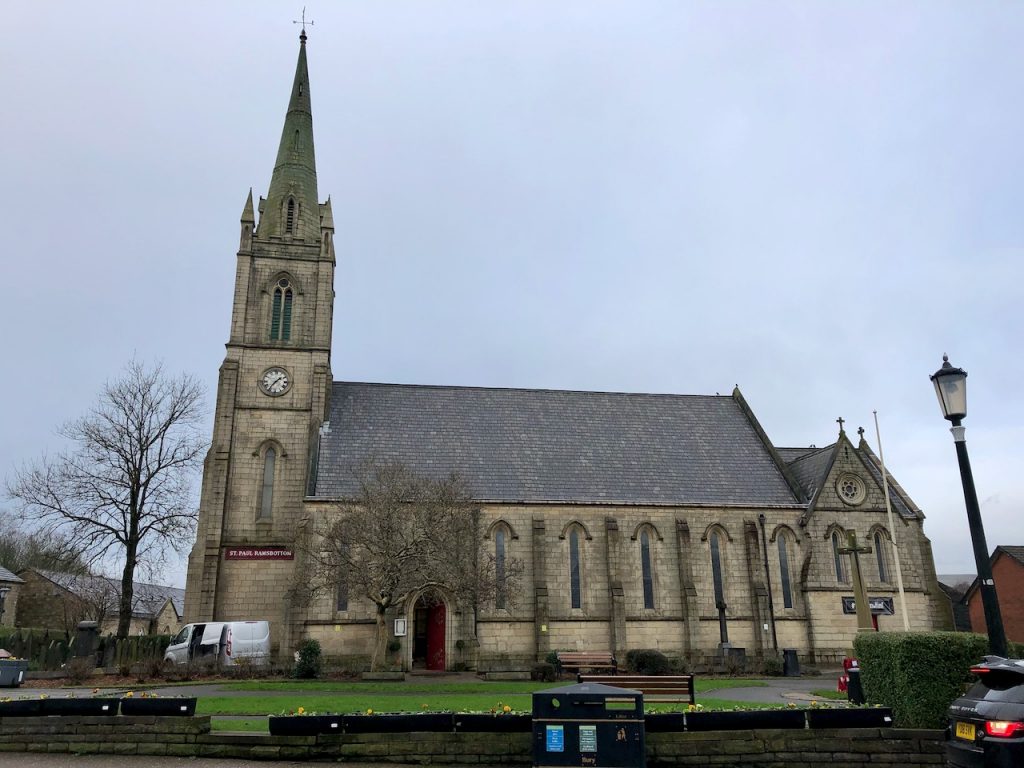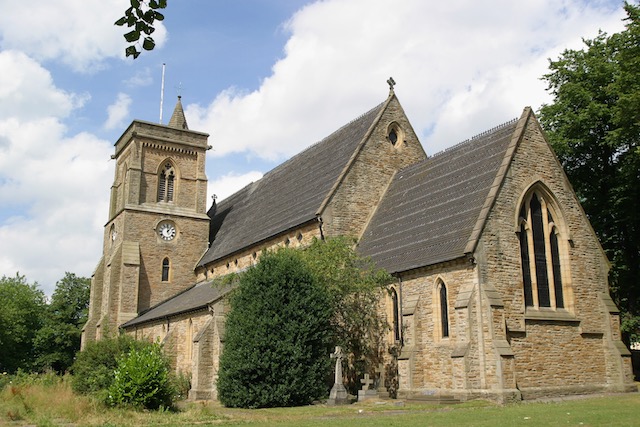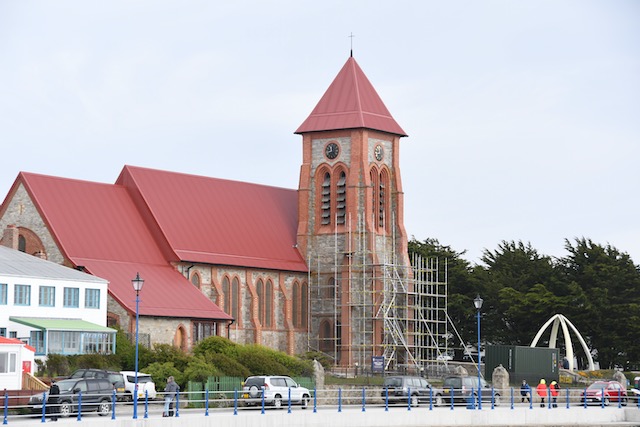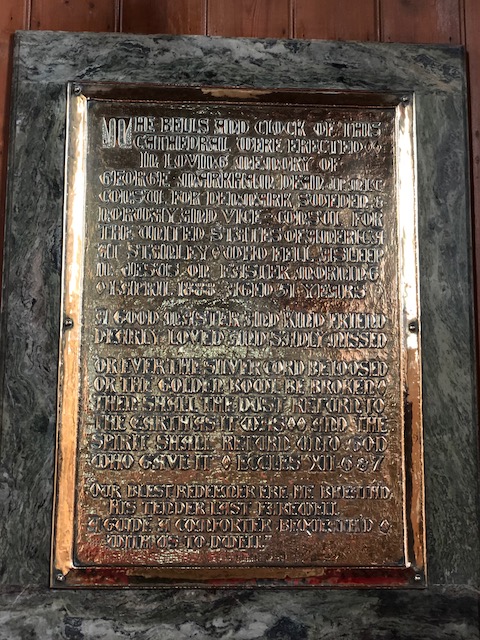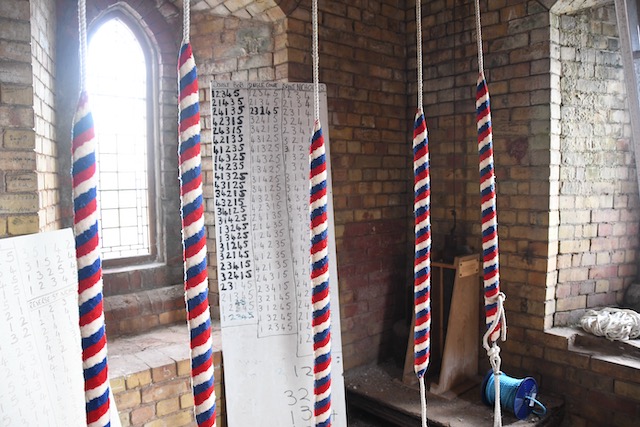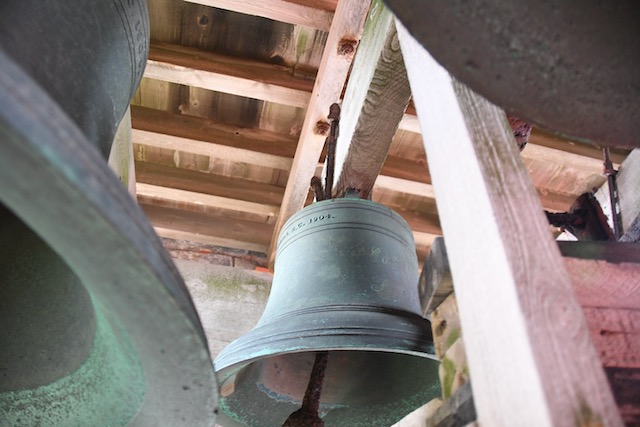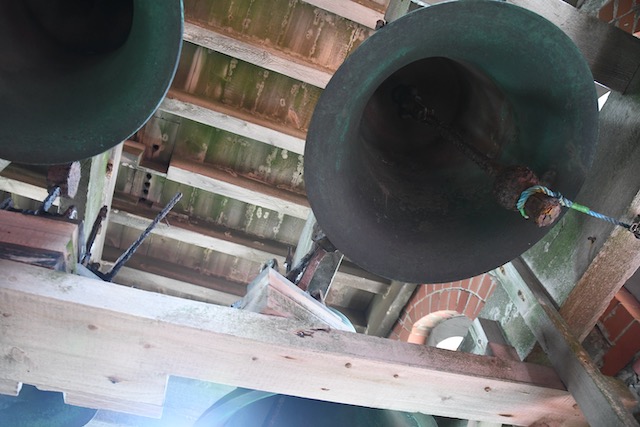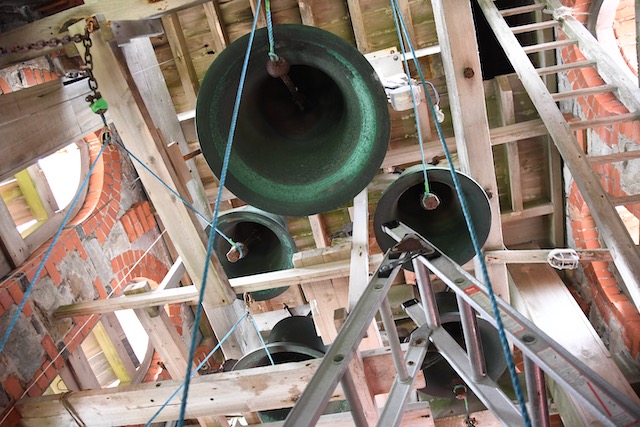I have rung in the following “peals” which have been withdrawn.
Performance 1
Non Association
Minster-in-Sheppey, Kent
Phildene Lodge
Friday, 29 July 1977 in 1h 28 (15 in C)
5,040 Plain Bob Minimus
1–2 Raymond A Hutchings
3–4 Phillip R J Barnes (C)
This peal has been flagged as not complying with the Central Council Decisions. Handbell peals of Minimus were not recognised by the Central Council.
Performance 2
Carlisle Diocesan Guild
Shap, Cumbria
St Michael and All Angels
Thursday, 1 August 2019 in 2h 38 (7–2–19 in G)
5,040 Surprise Minor
One extent each of Queen Mary Surprise, King Edward Surprise, Norwich Surprise, Dylan Thomas Surprise, Kelvinbridge Surprise, Cambridge Surprise, and Primrose Surprise.
- Clarissa J E Carol
- Jane Holland
- Andrew J Holland
- Raymond A Hutchings
- Kevin M Price (C)
- Andrew W Gordon
Rung in memory of The Revd. Stanley E Ablewhite, Vicar of Brough and President of the Cumbrian Association during the 1980’s, who died recently.
Peal withdrawn: Dylan Thomas Surprise, Kelvinbridge Surprise are false in a 720.
Performance 3
Lancashire Association
Rainhill, Merseyside
St Bartholomew
Friday, 30 August 2019 in 2h 38 (2–2–6 in F)
5,040 Surprise Minor
One extent each of Norwich Surprise, Bourne Surprise, Caithness Surprise, Dylan Thomas Surprise, Kelvinbridge Surprise, Cambridge Surprise, Primrose Surprise.
- Nicola J Galton
- Andrew W Gordon
- Andrew J Holland
- L Martin Daniels
- Raymond A Hutchings
- Kevin M Price (C)
100th peal of Seven Surprise Minor – 2
Remembering Kenneth Daniels, Martin’s Father, who died on 30th August 2012).
Peal withdrawn: Dylan Thomas Surprise, Kelvinbridge Surprise are false in a 720.
Performance 4
Carlisle Diocesan Guild
Thursby, Cumbria
St Andrew
Thursday, 9 January 2020 in 2h 39 (6–2–22 in A)
5,040 Surprise Minor
One extent each Bourne, Hull, Dylan Thomas, Kelvinbridge, Cambridge, Primrose and Norwich.
- Ruth M Gilbert
- Jane Holland
- Andrew J Holland
- Peter H Gardner
- Kevin M Price (C)
- Raymond A Hutchings
Remembering Nigel Gilbert, whose 50th Birthday would have been today.
Peal withdrawn: Dylan Thomas Surprise, Kelvinbridge Surprise are false in a 720.

